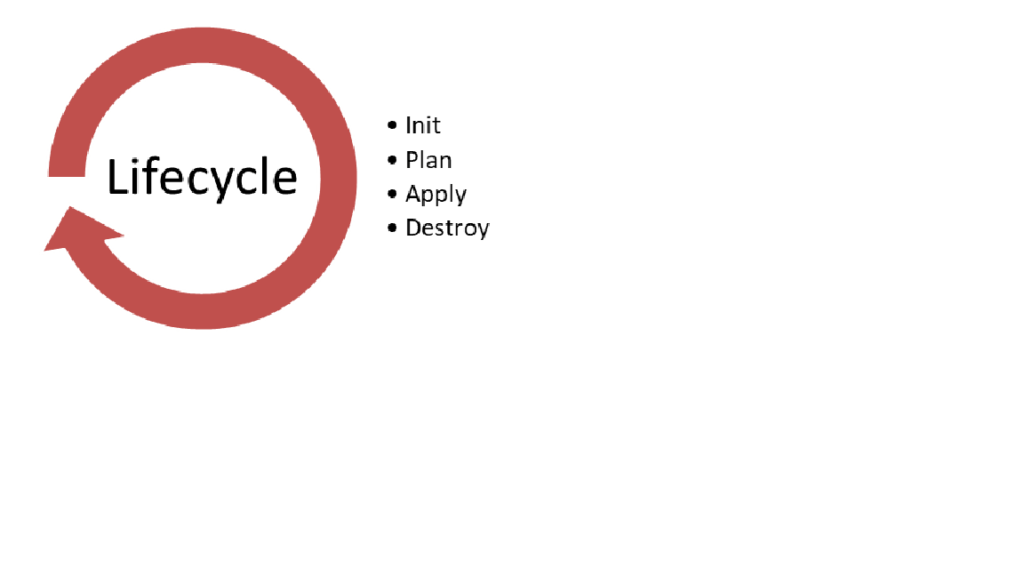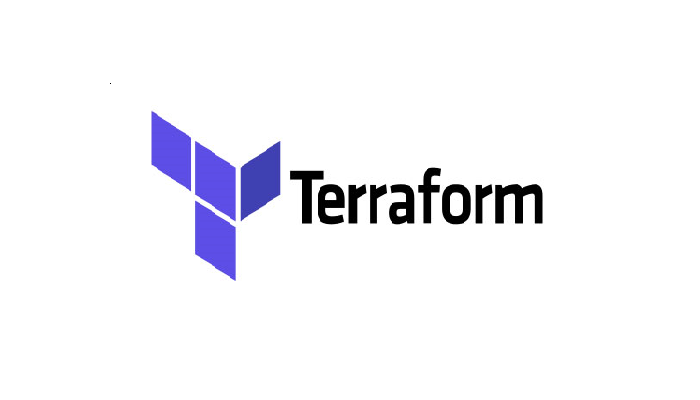The following topics will be discussed in this Article:
Terraform
Terraform is a tool for provisioning infrastructure that uses Infrastructure as Code (IaC). It facilitates the operation of infrastructure, platform, and service by self-regulating and managing them. It also aids in the secure and systematic creation, change, improvement, and versioning of infrastructure. It is the world’s first multi-cloud Infrastructure as Code tool, created in the GO programming language. It’s a declarative, open-source infrastructure. Because the declarative architecture makes use of clear language, there is no need to explain how this automation works at each stage. It’s a modern method that automates the execution of the ultimate result and only requires you to specify what the end result should be rather than listing each step.
Terraform is an IaC tool for provisioning infrastructure. Take, for example, a project in which you wish to build infrastructure from scratch for the application that will run on it.
What will the appearance of your infrastructure be?
Assume you want to set up a number of servers on which to install microservice apps so that your application can run as both docker containers and database containers. You also want to build all of your infrastructures on the AWS platform.
The first step will be to open AWS and configure the setup in order to deploy the application.
This means you’ll create your own private network area, set up an employee server on an EC2 server instance, install Docker and any other tools you’ll need for your app on each of those servers, then secure them with firewalls and other security measures. Once the infrastructure has been constructed, you can now deploy Docker applications/containers on such an environment.
You might even have two separate teams or two individuals who do these two separate tasks, so a possible scenario can be where a DevOps team member configures the infrastructure and a developer then deploys the applications on the prepared infrastructure.
Imagining what the role of Terraform in the whole process is?
Terraform is used for the first stage of the process, which includes constructing the VPC, starting up the servers, setting up security, creating an AWS account with permissions, and maybe installing docker-specific versions on the servers. All of them must be completed in the exact order, as one activity may rely on the completion of another.
Terraform’s core principles
The following are the key terms and concepts involved in Terraform:
Variables: Also known as input variables, variables are a key-value pair that Terraform modules utilize to customize their output.
Provider: This is a plugin that allows you to communicate with service APIs and access related resources.
In the Terraform Registry, you may find all of the Providers.
Module: It’s a folder that contains Terraform templates and all of the configurations.
State: It contains cached information about Terraform-managed infrastructure and related configurations.
Resources: Resources are a collection of one or more infrastructure objects (compute instances, virtual networks, and so on) that are used to configure and manage infrastructure.
Data Source: Providers use this data source to return information about external objects to Terraform.
Output Values: These are the terraform module’s return values, which can be used by other configurations.
Plan: This is one of the stages when it is determined what needs to be built, modified, or destroyed in order to shift the infrastructure from its current condition to the intended state.
Apply: This is one of the stages in which the real/current state of the infrastructure is changed in order to achieve the intended state.
Lifecycle of Terraform
These are the four stages of the Terraform lifecycle.

Terraform init creates a working directory containing all of the configuration files.
Terraform plan is used to design an execution plan to get the infrastructure to the desired state. Changes to the configuration files are done to obtain the desired condition.
Terraform apply then makes the infrastructure changes specified in the plan, bringing the infrastructure to the intended state.
Terraform destroy is used to remove all of the tainted infrastructure resources that were created during the apply phase.
/////////////////////////////////////////////////////////////////////////////////////////////////////////////////////////////////



